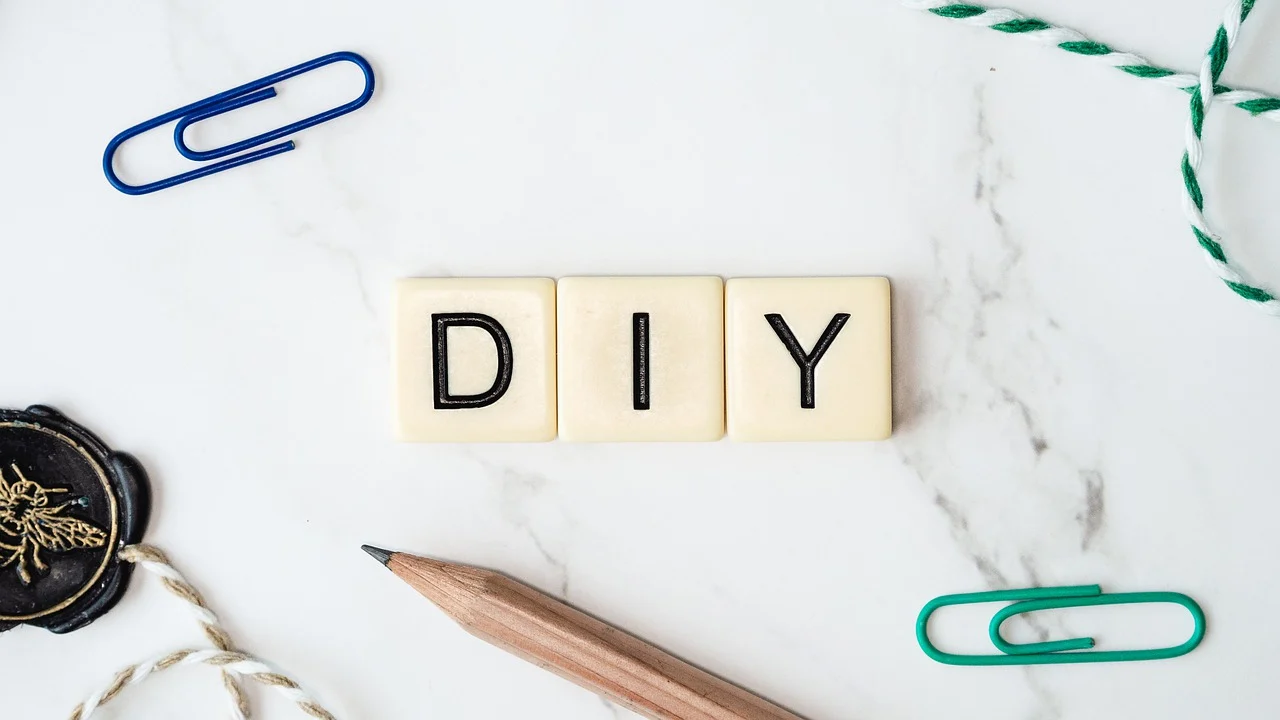Table of Contents Show
Baling wire is one of the best tools a DIYer can have in his toolbox. It’s inexpensive, incredibly strong, and easy to use. It’s also super versatile and can be used for a wide range of home repairs, from mending fencing to tackling plumbing problems.

What’s a Baling Wire?
Baling wire is a strong, flexible type of wire that’s used to tie up bales of hay, paper, recyclable material, and other items. But there are tons of other uses for baling wire – especially around the house.
Baling wire is made from high carbon steel which is drawn into a wire. It’s then heat-treated, quenched, and tempered to give it the strength and hardness needed for its intended use.
This type of wire is available in galvanized, stainless steel, and black annealed materials. The strength of the wire varies from tensile strength of 40,000 PSI in 12 gauge to 55,000 PSI in 10 gauge. Check baling wire direct if you are interested in learning different baling wire products.
We have seen baling wire used to repair farm equipment, fences, and even appliances. Baling wire is the perfect solution when you do not have access to tools or replacement parts and need an easy fix.
Read Also:
- 13 Essential DIY Tools for Completing Home Projects
- Five Woodworking Skills to Learn for DIY Projects
- What Should Be in Every Toolbox?
Baling Wire is Versatile
You may not have thought of using baling wire before, but you’ll find that it is one of those things that is so handy that it makes your life easier. For example, the baling wire can be used to hang posters and decorations without putting holes in the wall.
You can use it to tie off your trash bags if they don’t have any handles. And you can use it in all sorts of home repair and craft projects.
And while it’s called “baling” wire, you don’t necessarily have to be a farmer to put it to good use. Baling wire was originally created for farmers looking for a good way to bind hay bales together, and that’s why you’ll see the word “baling” in its name. But over time, people found that this type of wire had many other uses as well.
Here Are a Few Common Uses for this Versatile Material
Fixing Screens Using Baling Wire
Screens are usually found on windows and doors, but they are often damaged by kids or pets and need to be repaired. The thing about screens is that they can be very expensive to repair and sometimes even more expensive than buying a new one.
Fixing Broken Garden Tools
Garden tools get a lot of use during the growing season, which means they need frequent repair. If you’re tired of throwing out gardening tools or paying for expensive repairs, consider investing in baling wire for your home toolbox.
Baling wire is tough enough to hold your tools together, but it’s also flexible enough to bend and twist as needed. And when the growing season is over, simply remove the old baling wire and replace it with new baling wire next year.
Securing Cables
Most homes have lots of cables running along their floorboards, behind furniture, and under carpeting. Unfortunately, these cables can be easily damaged by pets or children who might chew on them or trip over them.
Protect your cables by securing them along the floor with tough baling wire. Use a staple gun to attach the baling wire along the baseboard at fixed intervals, then loop the cable around each piece of baling wire.
Mending Fences
First things first – if you’ve got a fence that needs fixing, baling wire is your friend. You can easily secure loose or broken pickets with baling wire, saving you the time and cost of replacing them completely.
Simply loop the wire through each side of the picket and secure it with a knot. The wire will securely hold the picket in place until you’re able to replace it, so your fence stays sturdy and secured all winter long.
Patch a Hole
A hole in your wall or ceiling is an easy problem to fix with baling wire. Simply insert a length of wire through the hole and tie it off on both sides to create a bridge across the opening. You then spread the joint compound over the wire mesh to patch the hole.
This technique works well for small holes, but it’s also useful for larger ones. Use multiple pieces of baling wire if the hole is too big for one piece.
Creating Hanging Holiday Lights
You can use baling wire to make hanging loops for hanging decorative lights. You will need some sturdy hooks in which you can loop the ends of the wire. Loop one end of the wire around the hook, twist it together and then make a loop on the other end.
You can also thread the light string through that second loop before placing it around the hook on your house or tree branch. This can help secure the lights so they do not fall off throughout the holidays.
Hanging Plants
Is having a green thumb one of your aspirations? Well, hanging plants are a great way to show off your green thumb. You can easily hang your plants using baling wire.
Tie the baling wire around the plant pot and then hang it on a nail or hook attached to the ceiling or wall. You can also use pieces of wood to attach your plants to the wall.
Installing Awnings on Your Home
Another way to use this type of wire is when installing awnings on your home. If you want to install an awning over a window or over your deck, you will need some support for it so that it does not bend in the wind.
A simple brace made out of baling wire can help ensure that it stays securely in place for many years.
Store Baling Wires at Home!
If you’re looking for creative uses for the baling wire at home, you’ve come to the right place! This list is a good starting point if you need a little bit of inspiration. So, before you throw out that leftover piece of wire and call it done, consider these inventive ways to put it to use.










